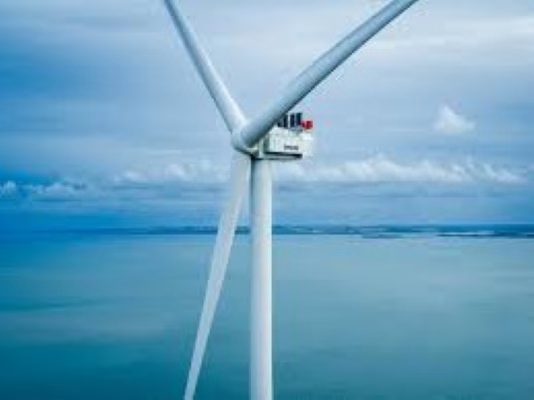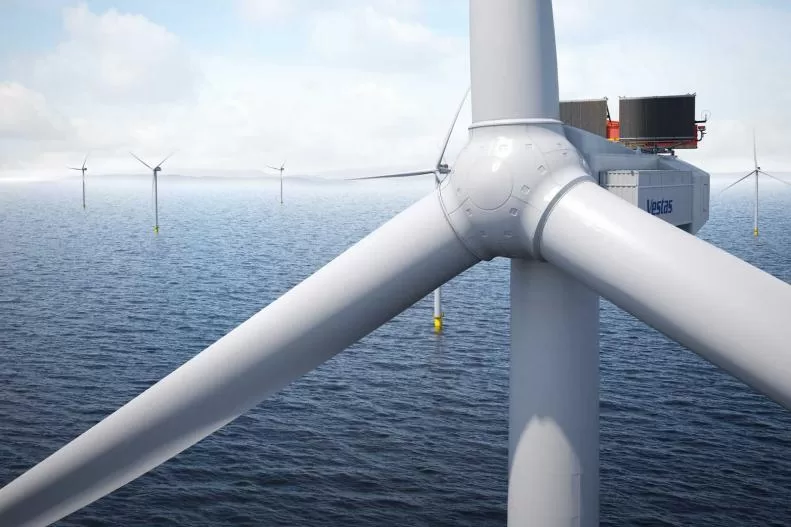Google signed its first offshore wind power purchase agreement (PPA) in the Asia-Pacific region with Copenhagen Infrastructure Partners (CIP) for supply from Fengmiao 1 offshore wind farm in Taiwan. The deal represents part of Google’s face looking forward to 24/7 clean energy supply for its operations.
Google Taiwan Goes Carbon Free with First Windpower PPA in Asia Pacific
Reported September 16, 2025 – Google has announced its first offshore wind power purchase agreement (PPA) in the Asia Pacific region. This is a significant milestone in its global commitment to clean energy. The Google Taiwan offshore windpower project will source renewable energy from the Fengmiao I offshore wind farm. Fengmiao is being developed by Copenhagen Infrastructure Partners.
This project is the first from Taiwan’s Round 3.1 offshore wind auction to reach financial close. It is a landmark moment for the country’s renewable energy sector. Scheduled to be operational by 2027, the wind farm will provide clean, reliable power to support Google’s operations in the region. These include data centers, cloud services, and office operations in Taiwan. Taiwan has also geared up its efforts to develop offshore wind power to meet demand and the Formosa 4 scheduled to be commissioned in 2028 will add 490MW to the grid.

Also read: Google’s $10 Billion Nuclear Reactors Project
Strengthening Google’s Clean Energy Footprint in Taiwan
The Google Taiwan offshore windpower initiative builds on the company’s expanding renewable energy portfolio in the region. Google recently signed Taiwan’s first corporate geothermal energy agreement, tapping into the island’s untapped geothermal potential. Previously, the company also pioneered Taiwan’s first corporate solar power PPA. They also helped support the construction of 1 gigawatt of solar infrastructure.
“As the first project from Taiwan’s Round 3.1 auction to achieve financial close, it’s an important catalyst for the local offshore wind sector,” said I-Chun Hsiao, Google’s APAC Senior Lead of Energy and Infrastructure.
“This milestone builds on our existing portfolio of energy technologies in Taiwan, including solar and geothermal, which provide reliable, cost-effective energy to meet rising demand and bring us closer to running on 24/7 carbon-free energy on every grid where we operate.”
A Global Vision for 24/7 Carbon-Free Energy
The Google Taiwan offshore windpower deal is a critical step toward Google’s global goal of operating on 24/7 carbon-free energy (CFE) by 2030. Around the world, the company is investing in innovative clean energy solutions.
One of the most ambitious is in Chile, where Google has partnered with AES Andes to power its Santiago data center. Google will use a hybrid system of solar, wind, and battery storage. This setup delivers carbon-free energy nearly around the clock, demonstrating how regional solutions can contribute to global sustainability targets. The tech giant also recently signed a solar power pact in Malaysia to supply renewable energy to its data centers.

Leave a Reply